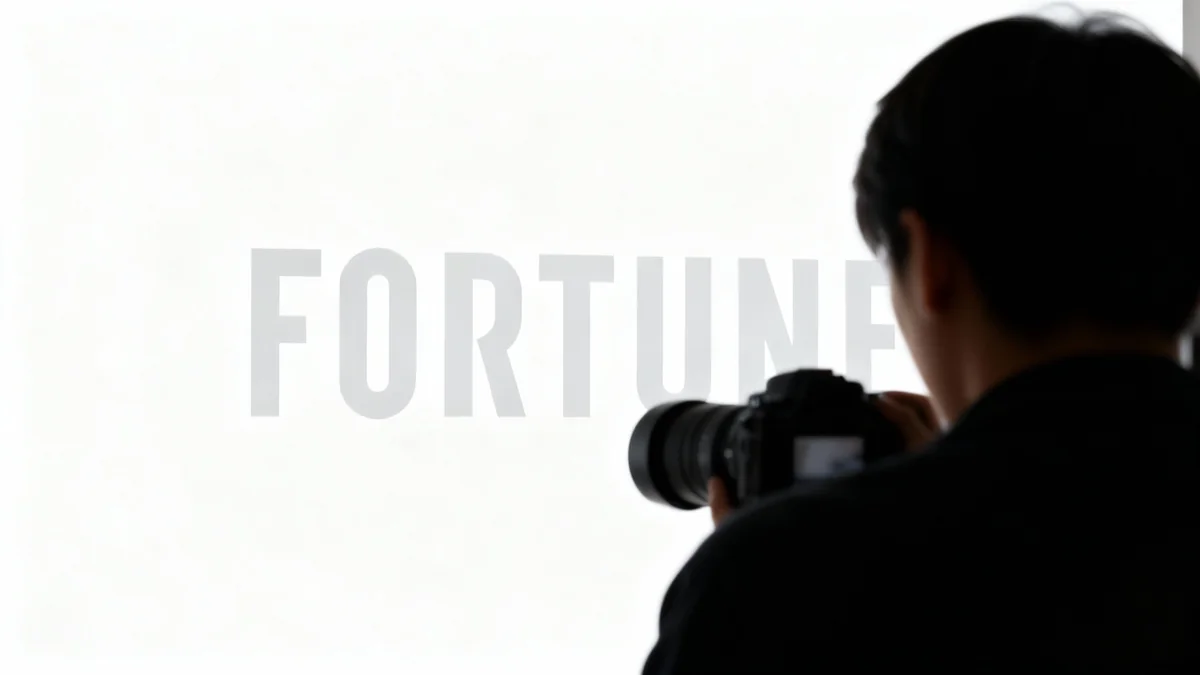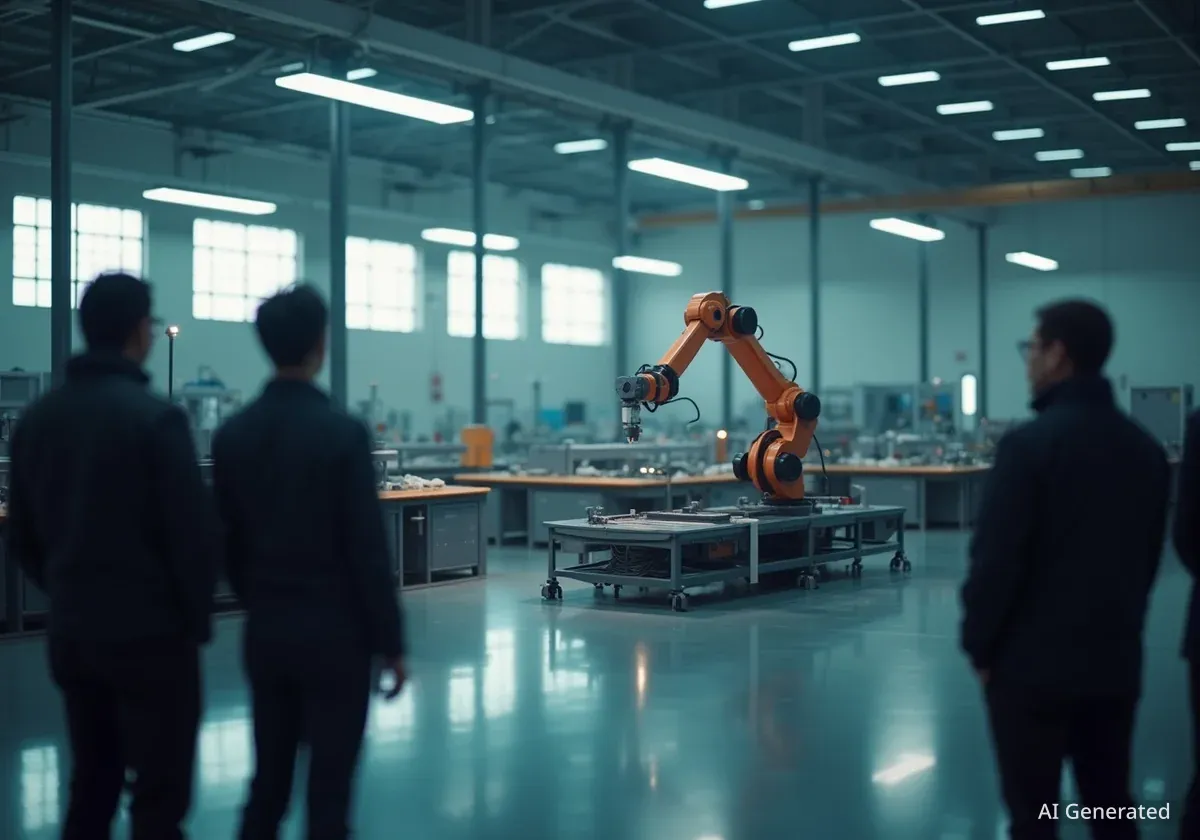A growing number of young Americans are choosing careers in skilled trades such as electrical work and plumbing over traditional university paths. This shift is driven by concerns over the high cost of college and the increasing threat of artificial intelligence automating entry-level white-collar jobs.
Key Takeaways
- Young workers are increasingly concerned that AI will eliminate entry-level office jobs, making skilled trades appear more secure.
- The rising cost of higher education and significant student loan debt are major factors pushing Gen Z toward blue-collar careers.
- Recent data shows a higher unemployment rate for young college graduates compared to their non-college-educated peers.
- Skilled trades offer opportunities for entrepreneurship and high earning potential without a four-year degree.
A New Perspective on Blue-Collar Work
For decades, a college degree was widely promoted as the primary route to a successful career. However, this long-held belief is being challenged by a new generation entering the workforce. Occupations like electricians, welders, plumbers, and HVAC technicians are gaining appeal.
According to a report by Jobber, a software company for service businesses, more than 57% of Gen Zers view student loan debt as a significant deterrent to attending college. This financial apprehension is reshaping career decisions for many young people.
David Asay, president of Advantage Reline, a pipe rehabilitation company, noted a change in perception. "That route is losing some of the stigma," he said. "The perception among that younger group is no longer, 'Oh, you're working construction, you didn't go to school?' It's, 'What a cool skillset. You're making a good career path.'"
The Economic Reality of Higher Education
The financial burden of a traditional four-year degree is a critical factor in this trend. The choice between starting a career immediately or accumulating debt has become a central economic calculation for many families.
College Costs by the Numbers
According to the Education Data Initiative, the average annual cost of college, including tuition, room, and board, now exceeds $38,000. For private institutions, this figure is approaching $60,000 per year. When factoring in student loan interest and lost potential income, the total cost of a bachelor's degree can surpass $500,000.
This stark financial reality is leading many to reconsider the immediate return on investment offered by skilled trades, which often involve paid apprenticeships rather than upfront tuition costs.
Jacob Palmer, a 23-year-old who founded his own electrical company in 2024, exemplifies this path. After finding college wasn't the right fit, he pursued an apprenticeship. He reports his company, Palmer Electrical, earned $90,000 in its first year and is on track to generate over $150,000 this year.
"I am very happy doing what I am doing now because it has given me the opportunity to work for myself and be independent," Palmer told CBS News.
AI Threat Pushes Workers Toward Manual Skills
Beyond financial considerations, the rise of artificial intelligence is creating uncertainty in the white-collar job market. Many entry-level roles in fields like data analysis, software development, and accounting are seen as vulnerable to automation.
The Jobber survey revealed that 77% of Gen Zers believe it is important for their future job to be difficult to automate. Many identified professions like carpentry, plumbing, and electrical work as being secure from AI disruption.
Unemployment Trends Signal a Shift
An analysis from the Federal Reserve Bank of St. Louis highlights a concerning trend for recent graduates. The unemployment rate for college graduates aged 23 to 27 has risen to approximately 4.6%, up from 3.2% in 2019. In contrast, non-college-educated workers in the same age group saw a much smaller unemployment increase of about 0.5% over the same period.
This data suggests that the labor market for young, less experienced white-collar workers may be tightening, potentially as an early consequence of AI integration into corporate workflows.
Industry and Education Adapt to New Demands
Business owners in the skilled trades are observing this shift firsthand. Vinnie Curcie, founder of OC Solar in California, noted that while his company has office-based roles, more applicants are now expressing interest in hands-on fieldwork.
"More people are interested in the field because they know that's where the job security is," Curcie explained. He anticipates that AI will soon handle significant portions of the sales and project management tasks, making technical installation skills even more valuable.
Educational institutions are also responding to the growing interest. Marlo Loria, an administrator at Mesa Public Schools in Arizona, reported that demand for programs in welding, construction, and auto mechanics now exceeds available space. This indicates a grassroots movement among students toward vocational training.
Kayden Evans, an 18-year-old high school senior, is interning with a heavy equipment company and plans to enter an apprenticeship directly after graduation. His reasoning reflects the sentiment of his generation.
"I wouldn't say I am worried about AI because where I want to grow is as a field technician... AI can't go out in the field and take apart an engine," Evans stated.
This practical view on job security, combined with the potential for entrepreneurship and high earnings, is fundamentally altering the career landscape for young Americans. As Jacob Palmer's success shows, the trades offer a viable and increasingly attractive alternative to the traditional college-to-corporate pipeline.





